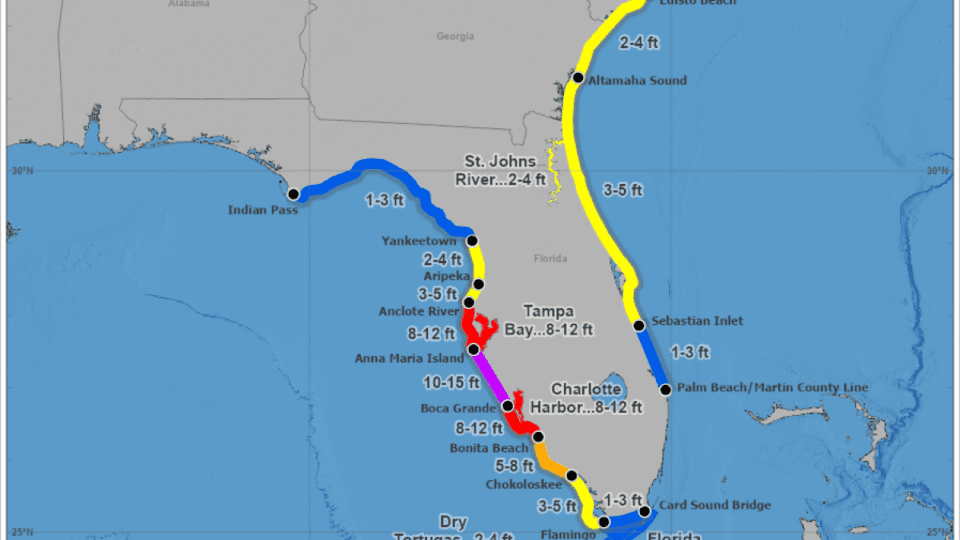Residents of New York and New Jersey have vivid memories of the catastrophic storm ​surge caused by Hurricane Sandy in 2012.
Making landfall in late October, Sandy struck with maximum winds near 90 mph. However, the real threat came from the unprecedented water levels. A surge measuring 14 feet overwhelmed the seawall in lower Manhattan, inundating vital infrastructure, while Staten Island experienced an even more severe rise in water. The result was tragic, with countless individuals losing their lives due to drowning in the city.
In total, Sandy was associated with nearly 150 fatalities, primarily caused by water-related incidents.
While many individuals tend to prioritize the impact of wind and rainfall during hurricanes, it is often the storm surge that poses a more significant danger.
Understanding Storm Surge
Storm surge is distinct from typical tidal patterns. The National Hurricane Center defines storm surge as “an abnormal elevation of water generated by a storm, exceeding the predicted astronomical tides.”
In essence, the winds of a tropical cyclone force water toward the coast. As this water travels inland, it encounters rising land, leading to increased water levels as it meets the shore.
Visualize a 15-foot surge advancing along the coast, as forecasted by the NHC. Now consider the impact on single-story residences situated in the path of this surge.
The water would likely crest over the tops of these structures, potentially flooding them entirely.
This threat extends beyond residential properties; critical infrastructure is also at risk. According to the NHC, over a quarter of the roads in the Gulf Coast region are situated at or below 4 feet in elevation.
Even a surge of just 5 feet could inundate these roadways, complicating evacuation procedures and hindering recovery efforts significantly.


